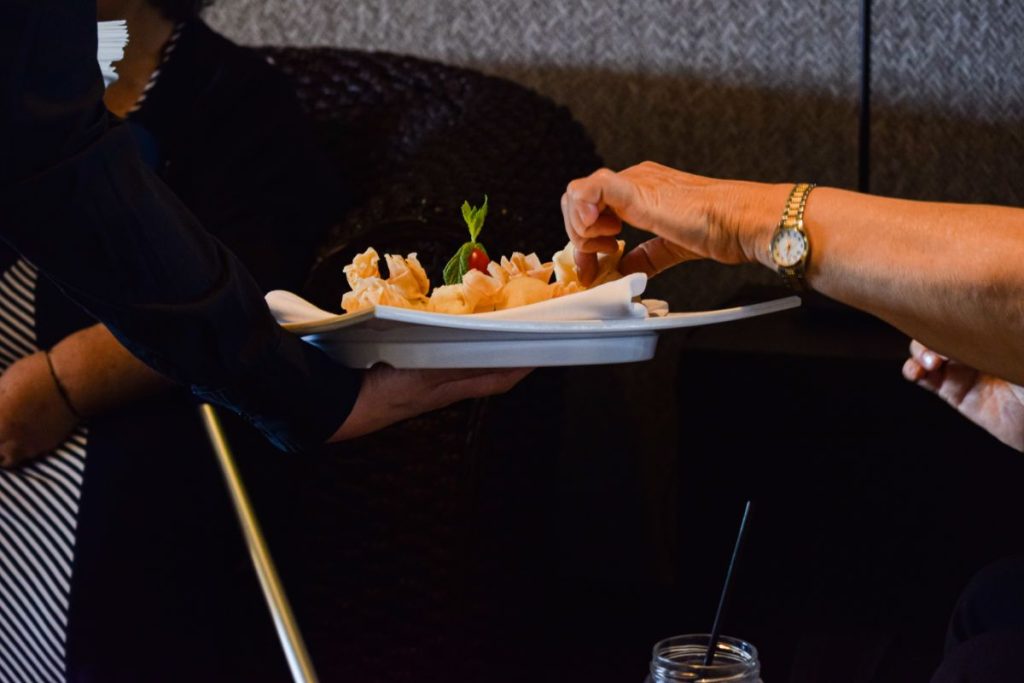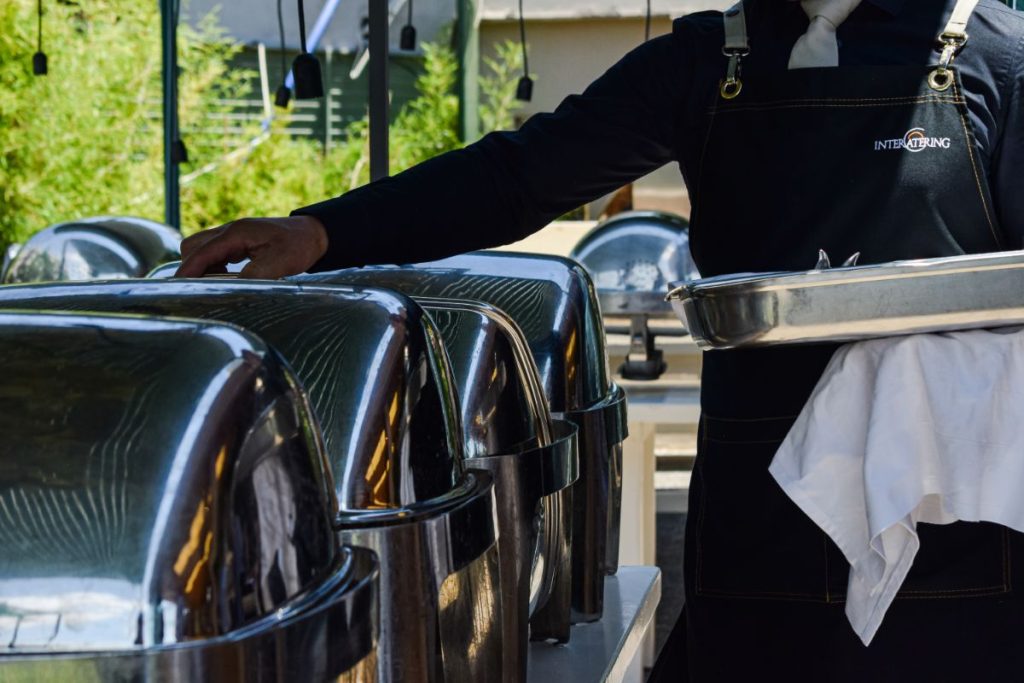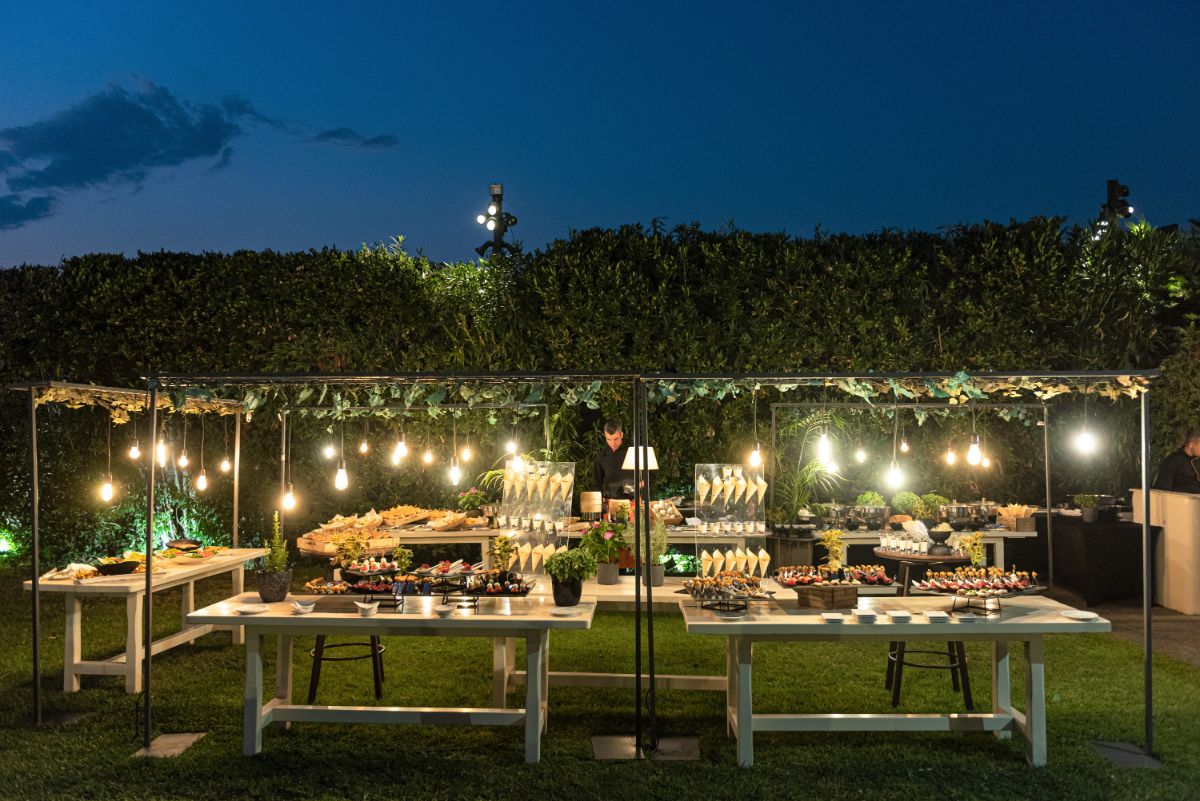Catering may seem to most people as a relatively new trend, yet it is not at all a new option in the food service industry. The beginning of “massiveness” in catering is placed somewhere in 4000 BC. in China and it seems that all the great civilizations of antiquity included a relevant logic in their activities. In Egypt for example we find large tables with a multitude of choices for the guests which also show the early approach of what we would call buffet style in the future. However, we cannot yet speak of some form of transaction nor of the existence of a “profession”, which would informally shape the existence of a “service”. Officially, the Ancient Greeks were the ones who “founded” the concept of catering as a commercial process by offering their services to inns and guesthouses, a practice that was also adopted during the Roman Empire period. Of course, let’s not forget the famous symposiums!

From the Middle Ages to the Renaissance of Catering
The Middle Ages period was not particularly “productive” on many levels for humanity and the catering services are mainly centered around monasteries and Christian pilgrimages in Europe. During Charlemagne’s period, catering trade expanded across Europe as the development of transport and trade let to the need for safety in accommodation while traveling. Thus, the social changes at the end of the Middle Ages, with new social classes emerging through the spread of the monetary economy, readjusted what’s was established. In the 14th and 15th centuries we are now talking about a “craft” of catering that begins to acquire legislative status. Germany is the first country where we trace the first food and beer regulations in these years. Later, the French Revolution in the 18th century and fundamental social changes led catering guilds to find new ways of providing products and services as the existing approach around “serving the aristocracy” no longer existed. A fact that contributed to the increase of “top-class” restaurants to serve a large number of people of the now bourgeois class.

The zero point of catering
At the same time on the “other side of the Atlantic”, we observe a simultaneous “thriving” of mass catering by African Americans who “shouldered” the growth of the industry. A focal point was a ball in Philadelphia in 1778, catered by African American Caesar Cranshel, which is considered the first major catering event in the United States. In the late 1840s, Robert Bogle known as the “Father of Catering” takes the reins, leading the 2nd generation of African Americans to own catering businesses. He was a respected restaurateur and the first of African descent to open a catering company to serve the city’s white elite. The new industry introduced the African American community into the higher social and economic strata and paved the way for the creation of the later mighty catering companies. The term “caterer” became popular in the 1880s when local directories began listing businesses under the “catering” category.

Europe is getting familiar
In contrast, in Europe in the midst of two world wars, the catering industry was slow to experience this blossom compared to America, either due to political formations or due to social conditions. Of course, in World War I and II, catering was less glamorous and had a more functional aspect as food shortages and a reduced workforce significantly shaped the industry. In fact, after the Second World War many entrepreneurs who supplied food to the troops, more fervently approached catering as an alternative way to stay in the catering business. As a result of the post-war economic boom, the continued urban growth, and of course the women who continued to work, home-cooked food was “overtaken” by eating in public catering facilities. The beginning was made in 1925 in the Soviet Union where the first factory-kitchen was opened and which practically freed working women from daily cooking. Factory-kitchens were mass catering and social spaces that provided meals at affordable prices and saved time for more work. But this changed when companies opened canteens and restaurants inside their facilities to serve their employees, a practice that is of course followed by companies to this day. After the war, catering really started to become popular and caterers found that there was a demand for their services. In fact, more and more women were entering the labor market, undertaking to “carry the burden” of the industry. The early way of catering was to bring their own food to parties/events and help serve it.

The “launch” of Catering
The “yeast” of all the previous years led to the clearest picture we got of catering from 2000 onwards. Many restaurants and organizations started adding “Catering” departments to their business to meet the increased demand but also to enhance their reputation. Nowadays, the sector has changed into a complex activity of integrated event catering services that goes beyond the “tight” aspects of catering only. At this entire linear path of the years into a complete, unique and modern experience for our customers!










